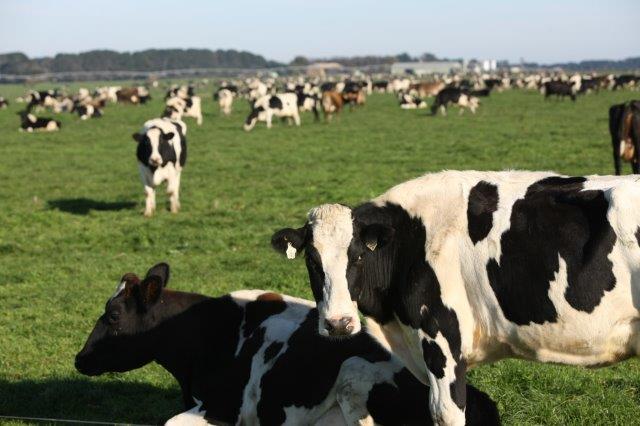With New Zealand dairy production geared to exports, farmers here are benefitting from better prices than their contemporaries elsewhere.
Recent movements in farmgate milk prices have been favourable for New Zealand dairy farmers relative to farmers in other major dairy exporting regions. Milk prices in Europe and the United States have been trending down in recent months whereas prices in NZ and Australia are stable to firm.
NZ farmers are benefitting from their exposure to global markets. Being exposed has its advantages when markets are strong but is a disadvantage when the global market for dairy commodities is depressed. Global markets are sitting in neutral territory. Being highly exposed means NZ farmers face more volatility than farmers elsewhere.
The milk supply in Europe and the US has steadily grown recent years in response to good returns at the farm level. Now many processors in these markets are finding they have more milk than they require and therefore the price they are paying has fallen. The dynamics of these massive domestic markets have a greater bearing on the prices European and US farmers are paid, than what happens in the international markets.
NZ on the other hand is virtually fully exposed to the international markets as 4.7 million people only consume a tiny portion of the milk produced here.
Australia sits between NZ and Europe in terms of the portion of milk used for domestic purposes. About 40% of milk produced in Australia is exported as dairy commodities. Australia must also move milk internally as only the states of Victoria and Tasmania produce a lot more milk than they consume.
In NZ the methodology used by Fonterra to set its farmgate milk price uses the prices dairy commodities sell for on Global Dairy Trade and through other sales channels. Therefore the milk price Fonterra pays its suppliers is fully determined by the international market.
The farmgate milk price methodology is based on the price of five commodities being: whole milk powder (WMP), skim milk powder (SMP), butter milk powder (BMP), anhydrous milkfat (AMF), and butter.
Cheese is not included in the milk price methodology, but there have been suggestions that it should be. The price of cheese is relatively low compared with other product streams. Alternative product streams such as WMP, or a combination of SMP and either butter or AMF are performing better.
Cheese markets are under pressure as any additional milk produced in Europe and the US is generally directed into cheese production. Processing capacity is more often than not what determines which product is manufactured. Cheese plants are prevalent in Europe and the US with this being the made use of for milk aside from that consumed as liquid.
Australia also makes a lot of cheese. Some of this cheese is used domestically and some is exported. The relatively low cheese prices is one reason why Fonterra’s milk price forecast for the 2018-19 season is lower in Australia than in NZ. Fonterra’s opening milk price for its Australian suppliers is AU$5.85/kg milksolid (MS). This equates to about NZ$6.25/kg MS. So a little lower than the $7/kg MS Fonterra initially forecast for its NZ suppliers.
The way milk prices are set in Australia is also a lot less regulated than it is in NZ. Farmers who supply Fonterra Australia are not members of the co-operative in the way they are in NZ. In Australia Fonterra acts more in the way a non-co-operative company would. Its milk price is determined by supply and demand factors such as the procurement pressure it faces from competing companies.
Article sourced from https://nzfarmlife.co.nz



